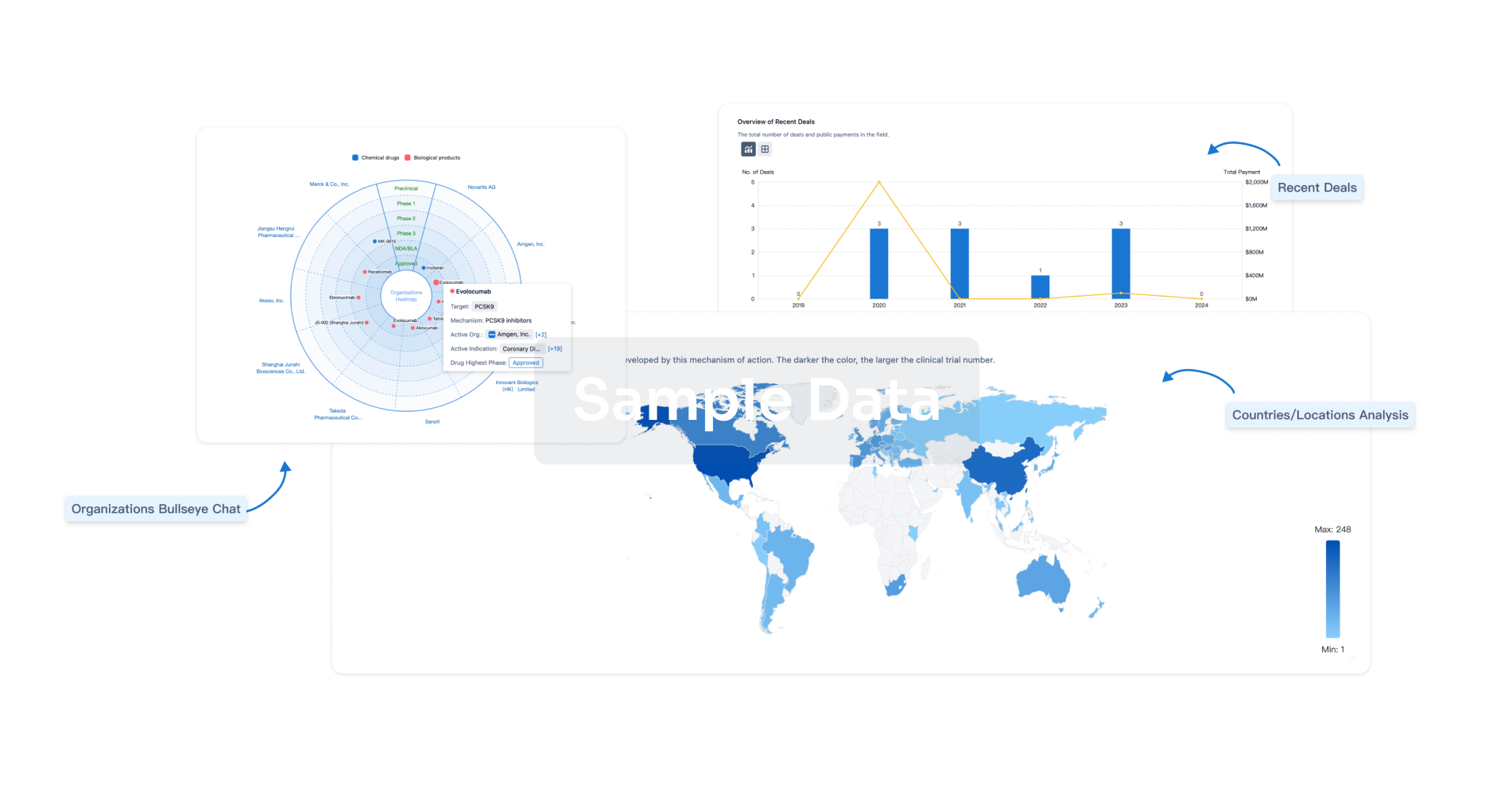Request Demo
Last update 08 May 2025
ALKBH1
Last update 08 May 2025
Basic Info
Synonyms ABH, ABH1, alkB + [12] |
Introduction Dioxygenase that acts as on nucleic acids, such as DNA and tRNA (PubMed:18603530, PubMed:27497299, PubMed:27745969). Requires molecular oxygen, alpha-ketoglutarate and iron (PubMed:18603530, PubMed:27497299). A number of activities have been described for this dioxygenase, but recent results suggest that it mainly acts as on tRNAs and mediates their demethylation or oxidation depending on the context and subcellular compartment (PubMed:27497299, PubMed:27745969). Mainly acts as a tRNA demethylase by removing N(1)-methyladenine from various tRNAs, with a preference for N(1)-methyladenine at position 58 (m1A58) present on a stem loop structure of tRNAs (PubMed:27745969). Acts as a regulator of translation initiation and elongation in response to glucose deprivation: regulates both translation initiation, by mediating demethylation of tRNA(Met), and translation elongation, N(1)-methyladenine-containing tRNAs being preferentially recruited to polysomes to promote translation elongation (PubMed:27745969). In mitochondrion, specifically interacts with mt-tRNA(Met) and mediates oxidation of mt-tRNA(Met) methylated at cytosine(34) to form 5-formylcytosine (f(5)c) at this position (PubMed:27497299). mt-tRNA(Met) containing the f(5)c modification at the wobble position enables recognition of the AUA codon in addition to the AUG codon, expanding codon recognition in mitochondrial translation (PubMed:27497299). Specifically demethylates DNA methylated on the 6th position of adenine (N(6)-methyladenosine) DNA (PubMed:30017583, PubMed:30392959). N(6)-methyladenosine (m6A) DNA is present at some L1 elements in embryonic stem cells and probably promotes their silencing (By similarity). Demethylates mRNAs containing N(3)-methylcytidine modification (PubMed:31188562). Also able to repair alkylated single-stranded DNA by oxidative demethylation, but with low activity (PubMed:18603530). Also has DNA lyase activity and introduces double-stranded breaks at abasic sites: cleaves both single-stranded DNA and double-stranded DNA at abasic sites, with the greatest activity towards double-stranded DNA with two abasic sites (PubMed:19959401). DNA lyase activity does not require alpha-ketboglutarate and iron and leads to the formation of an irreversible covalent protein-DNA adduct with the 5' DNA product (PubMed:19959401, PubMed:23577621). DNA lyase activity is not required during base excision repair and class switch recombination of the immunoglobulin heavy chain during B lymphocyte activation. May play a role in placental trophoblast lineage differentiation (By similarity). |
Analysis
Perform a panoramic analysis of this field.
login
or

AI Agents Built for Biopharma Breakthroughs
Accelerate discovery. Empower decisions. Transform outcomes.
Get started for free today!
Accelerate Strategic R&D decision making with Synapse, PatSnap’s AI-powered Connected Innovation Intelligence Platform Built for Life Sciences Professionals.
Start your data trial now!
Synapse data is also accessible to external entities via APIs or data packages. Empower better decisions with the latest in pharmaceutical intelligence.
Bio
Bio Sequences Search & Analysis
Sign up for free
Chemical
Chemical Structures Search & Analysis
Sign up for free
